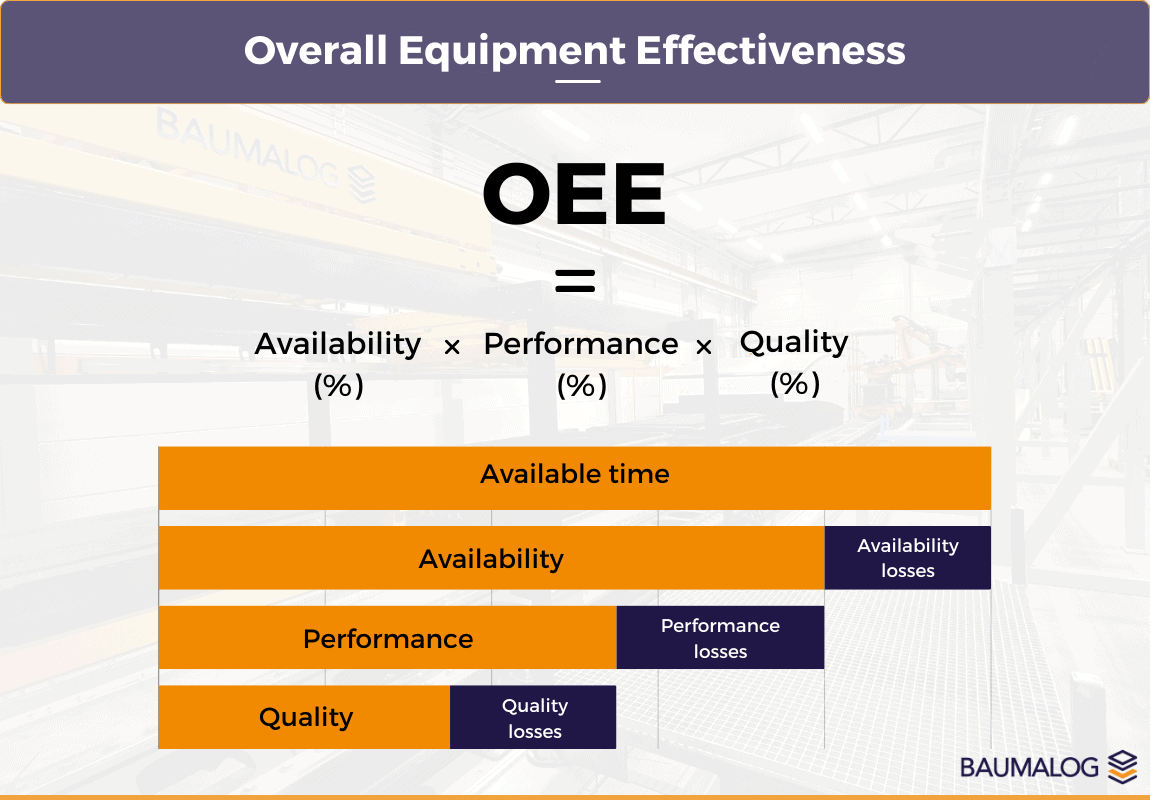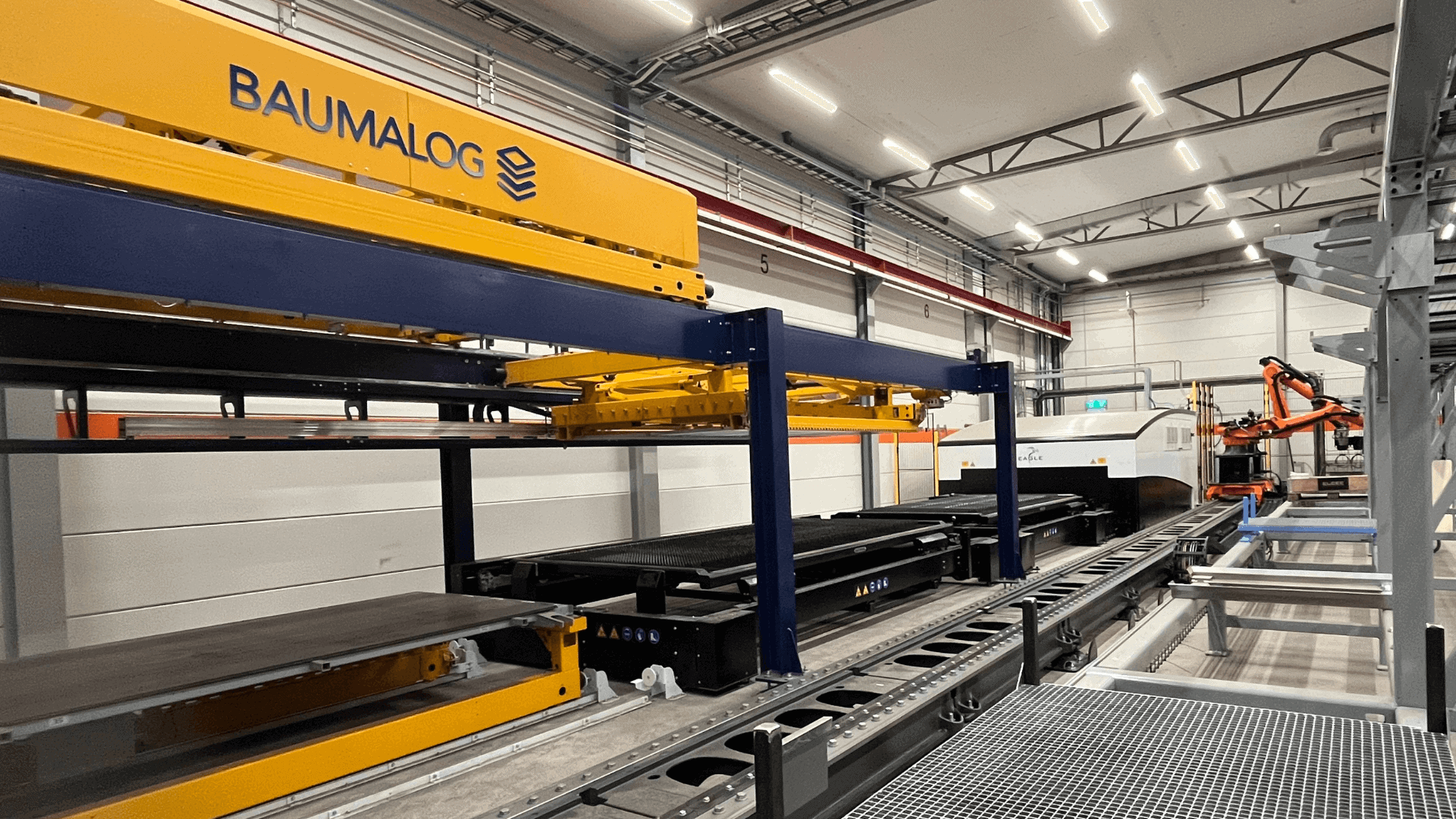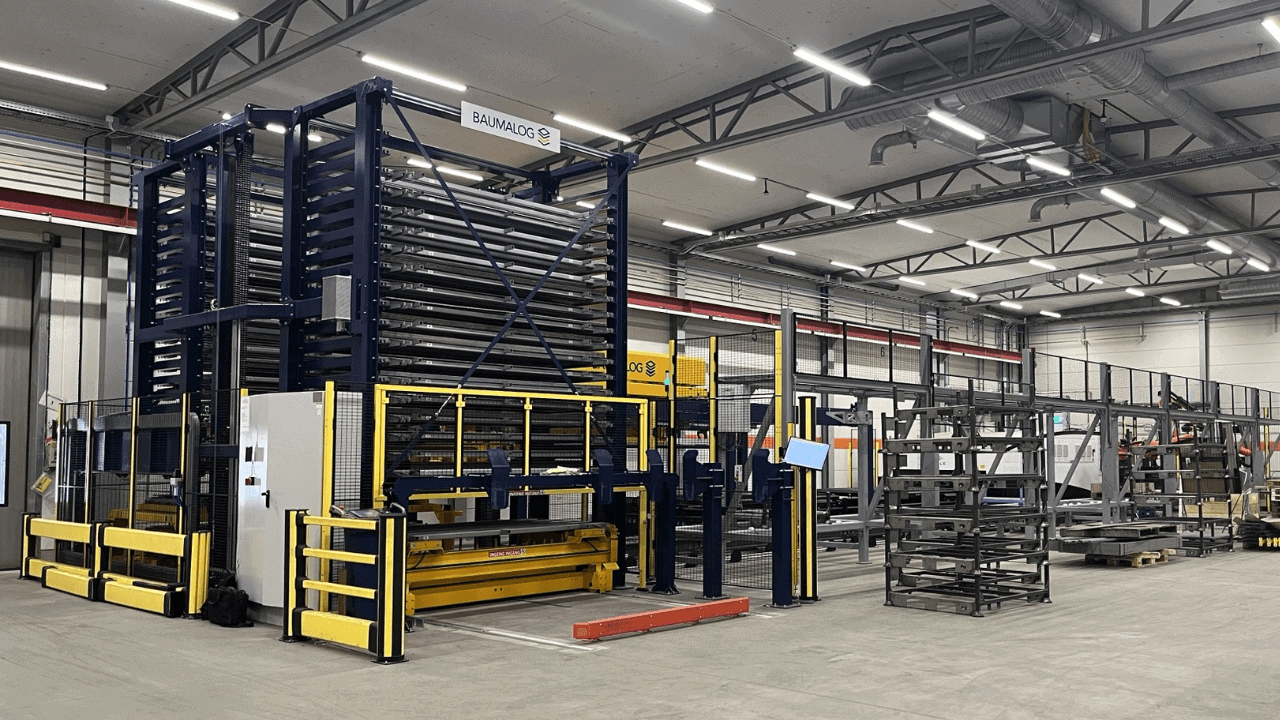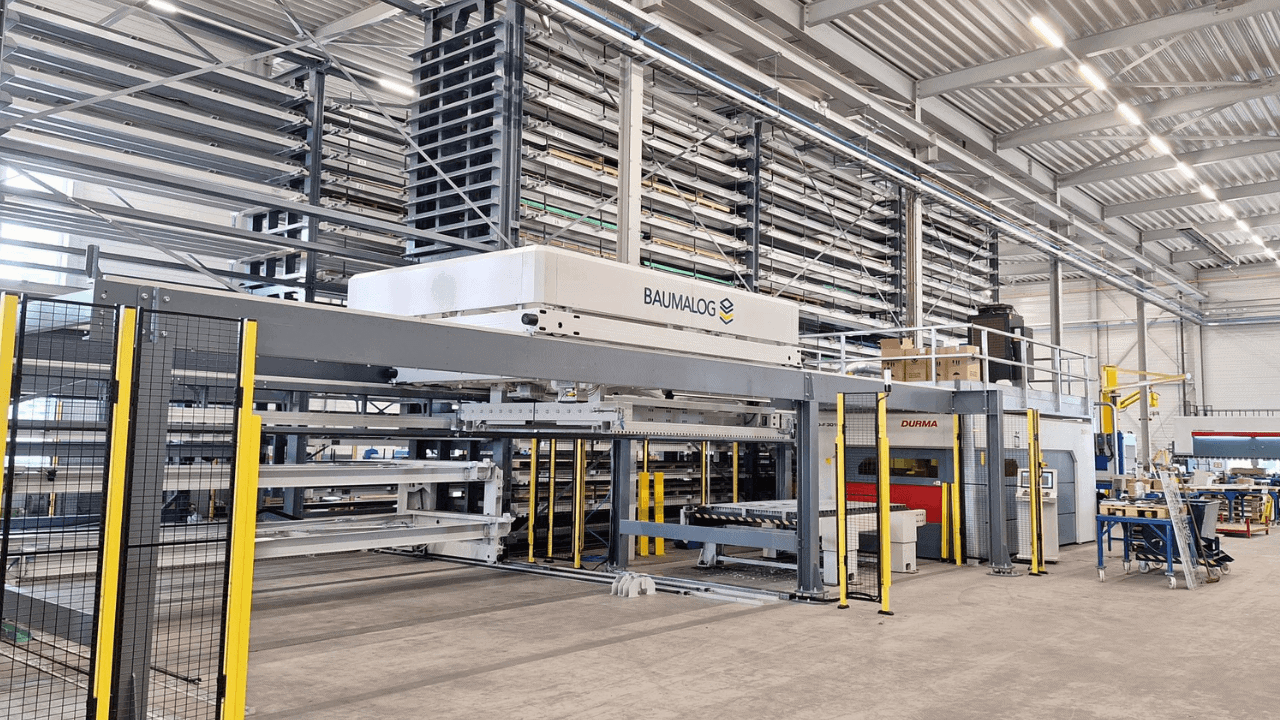OEE index (Overall Equipment Effectiveness). How to calculate and interpret
Ensuring proper utilisation of machine park is one of the key aspects of value creation for companies in the manufacturing sector. High operational efficiency of production machinery leads to higher profits on the same resources. To optimise the operation of production equipment, it is first necessary to focus on measuring the current operational efficiency of the production system. For this purpose, the OEE (Overall Equipment Effectiveness) index was developed. In the following article, we will try to explain its meaning, calculation methods and the practical aspect of application.
The OEE index (Overall Equipment Effectiveness) explained
OEE, the Overall Equipment Effectiveness index, is a measure of the utilisation of machines in a production process. OEE can refer to different types of machinery – laser cutting machines, press brakes or automatic bending cells and many other equipment companies use depending on their needs.
Measuring the effectiveness of their use is illustrated by the OEE index, which combines three key measures:
- Availability,
- Performance,
- Quality.

How to calculate OEE? An example of a calculation
To better visualise the index’s essence, let’s look at a simple example of calculating OEE. Assume that a manufacturing company with a laser cutting machine is processing raw metal sheets to transfer the cut parts to the next production stage. The OEE calculation based on the available production data would be as follows.
Availability
The company’s production plant operates 24 hours a day. Through technical downtime, breaks and operator swaps, the machine was only available for 21 hours.
Availability = (21 hours / 24 hours) * 100% = 87,5%
Performance
The average production capacity was 12 production units per hour, while the theoretical maximum capacity is 18 units per hour.
Performance = (12 units / 18 units) * 100% = 66,7%
Quality
Due to quality issues, 3% of the cut parts from sheet metal were not suitable for further processing.
Quality = 100% of cut-out parts – 3% details rejected = 97%
With data on the availability, performance and quality of production, we can calculate the OEE index. Based on the available data, how machines are used in the production process.
Overall Equipment Effectiveness = 87.5% x 66.7% x 97% = 56.6%
The conclusion from this result is that, due to the low performance and availability of the machine, the company is only using its potential at 56.6 per cent. This result is significantly below the production capacity.
The benchmark for the example shown is the OEE reference value, also called “World Class OEE”, which is min. 85%. Such a result is possible assuming machine availability of 90%, performance of 95% and production quality of 99%.
The role of automation in increasing OEE
A production machine such as a laser cutting machine can run continuously, with interruptions only for maintenance, for example. By installing an automation module, the machine always has the raw material delivered on time and the finished parts received immediately. As a result, there is no downtime associated with waiting for material. The lack of the need for continuous manual activities increases machine availability, as production is possible even if the operator is unavailable or performs other activities on the shop floor.
The fully automated loading and unloading of the machine eliminates the manual work that the operator regularly has to do. A full automation system for the laser cutting machine, such as the SmartFlow System from Baumalog, provides significantly higher productivity than, for example, a column crane, which requires the presence of the operator and additional manual activities.
With automation, machine park efficiency (OEE) can increase up to 90% by improving the availability and performance of production machines.
In addition to the aspect of making full utilisation of the machine park, the automation of the processing machine increases the ergonomics of the workstation. Safety is ensured by eliminating physical handling during the loading and unloading of heavy and sharp parts. Ensuring maximum efficiency of the machine park and creating specialised workstations for production operators is key to a company’s success.
What benefits can a company derive from OEE monitoring?
The OEE index identifies areas in the production process that need improvement. Operating on a continuous cycle and paying attention to certain parts of the production process can be challenging. Ongoing monitoring of machine utilisation efficiency through the OEE index allows production bottlenecks to be eliminated. As a result, the entire process can gain higher operational efficiency. Making full use of the potential of the existing machine park leads to a reduction in unnecessary costs and provides the basis for building a strong competitive position on the market.
For more interesting informations, follow us on our information channels:




